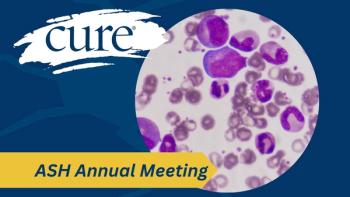For the opening day of the annual meeting of the American Society of Clinical Oncology and to mark the 40th anniversary of the signing of the U.S. National Cancer Act, a new website developed by the organization highlights how far we've come in preventing, screening and treating cancer. George Sledge, ASCO president, says it shows the return on the nation's investment in cancer research.To mark 40 years, ASCO has created the site CancerProgress.Net to highlight the history of cancer research over time and some of the milestones we've reached, including approval of the first targeted therapy cancer drug and the finding that second-hand smoke is carcinogenic. Videos, downloads and other interactive features help make the site educational and informative. The timeline also can be filtered to advancements according to tumor type and various fields, such as prevention, screening, type of therapy and quality of life. And as we make further progress in cancer research, new milestones will be added to the website."Curing cancer isn't as easy as landing on the moon," Sledge said at a press briefing on Friday, but instead progresses with steady, incremental steps and occasional leaps forward.
